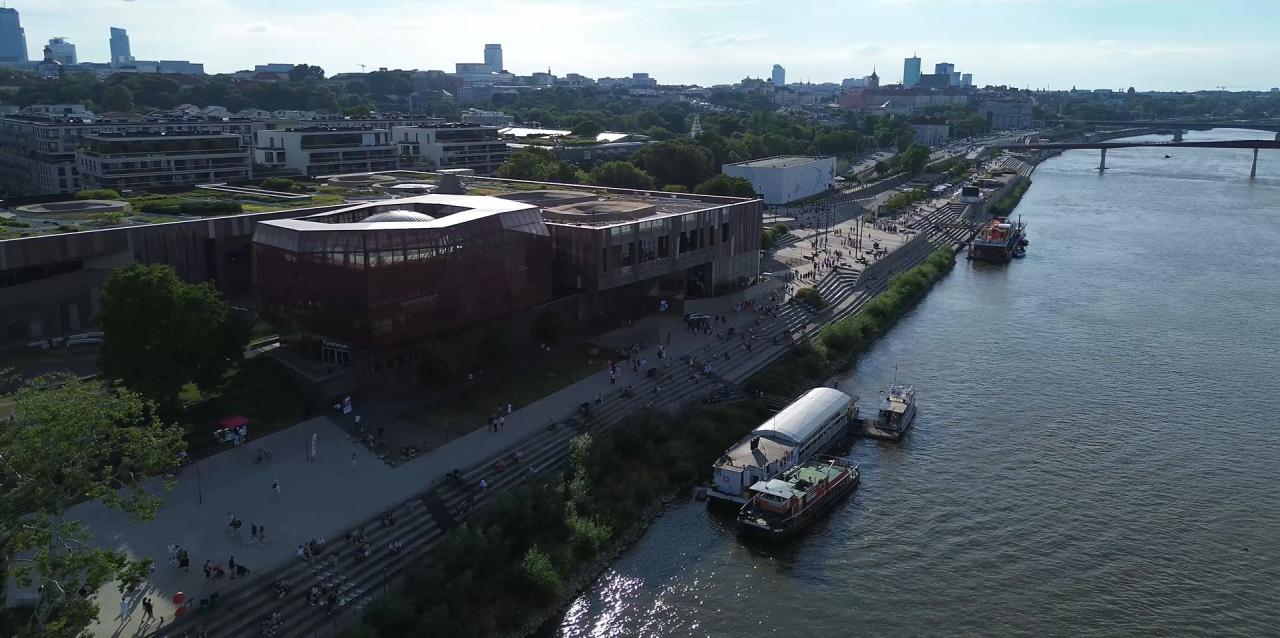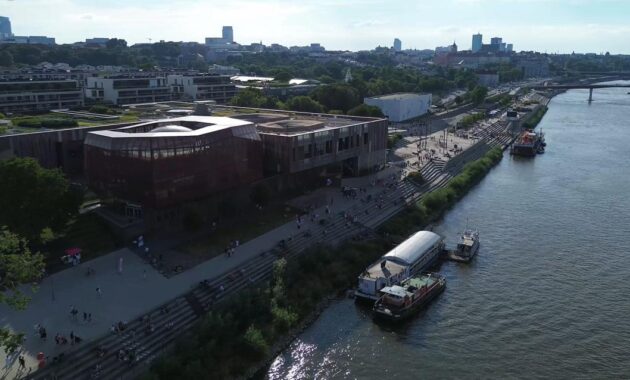Best Rock Climbing Workout Apps are essential tools for climbers looking to enhance their skills and performance. In today’s digital age, the right workout app can provide personalized training regimens, track progress, and offer valuable resources tailored to climbers of all levels. Whether you are a beginner learning the basics or an advanced climber seeking to refine your techniques, these apps can significantly contribute to your climbing journey.
With a variety of features such as strength training programs, technique analysis, and community support, the best rock climbing workout apps can transform your approach to training. They cater to different aspects of climbing, including bouldering, sport climbing, and endurance training, making it easier for individuals to find the perfect match for their needs. Understanding the importance of structured training is crucial for maximizing performance on the rock.
Climate change is one of the most pressing environmental challenges of our time. Its effects are far-reaching, influencing weather patterns, sea levels, and ecosystems across the globe. One of the most profound impacts of climate change is on biodiversity, which encompasses the variety of life forms on Earth, including species diversity, ecosystem diversity, and genetic diversity. This article explores how climate change affects global biodiversity, the consequences of these changes, and potential strategies for mitigation and adaptation.
Understanding Biodiversity
Biodiversity refers to the variety of living organisms found on Earth, encompassing a wide range of species, ecosystems, and genetic variations within species. It plays a crucial role in maintaining the health of ecosystems and providing essential services—including food, clean water, and air. Biodiversity contributes to ecosystem resilience, allowing ecosystems to withstand and recover from disturbances.
However, biodiversity is under threat from various anthropogenic factors, including habitat destruction, pollution, and climate change. Among these, climate change poses a unique challenge due to its widespread and long-lasting effects on the planet.
Climate Change and Its Effects on Biodiversity
The increase in greenhouse gas emissions due to human activities has led to significant changes in the Earth’s climate. Rising temperatures, altered precipitation patterns, and more frequent extreme weather events are just a few of the ways climate change is manifesting. These changes have a direct and indirect impact on biodiversity in several key ways:
Habitat Loss and Alteration
As temperatures rise, many species are forced to migrate to cooler areas, often leading to habitat loss and fragmentation. For instance, polar bears are losing their sea ice habitat due to melting ice caps, forcing them to travel greater distances for food. Similarly, many terrestrial species are moving to higher elevations or latitudes, where conditions may be more favorable. However, this migration can disrupt existing ecosystems and lead to increased competition for resources.

Changes in Species Interactions
Climate change can alter the relationships between species within ecosystems. For example, changes in temperature and rainfall can affect the timing of flowering and fruiting in plants, which in turn influences the life cycles of pollinators and herbivores. Such shifts can lead to mismatches in timing, resulting in decreased reproductive success and population declines for both plants and their animal partners.
Increased Extinction Rates
According to the Intergovernmental Panel on Climate Change (IPCC), many species are at an increased risk of extinction due to climate change. The combination of habitat loss, altered species interactions, and the inability of some species to adapt quickly enough to changing conditions could lead to significant declines in biodiversity. For instance, iconic species such as the African elephant and the Bengal tiger face heightened risks as their habitats shrink and become increasingly fragmented.
Oceanic Changes, Best Rock Climbing Workout Apps
Climate change also significantly affects marine ecosystems. Rising sea temperatures lead to coral bleaching, which can devastate coral reefs—biodiversity hotspots that provide habitat for countless marine species. Acidification of oceans due to increased carbon dioxide levels further threatens marine life, impacting organisms like shellfish that rely on calcium carbonate for their shells. The loss of coral reefs and other vital marine habitats can have cascading effects on entire food webs.
Consequences of Biodiversity Loss
The decline in biodiversity due to climate change carries serious implications for human well-being and global ecosystems. As species disappear, ecosystems may become less resilient to change, leading to a decline in the services they provide—such as clean air and water, pollination of crops, and climate regulation.
Economic Impacts
The economic implications of biodiversity loss are significant. Many industries, including agriculture, forestry, and fisheries, depend on healthy ecosystems. As biodiversity declines, the productivity of these sectors may suffer, leading to increased food insecurity and rural poverty. For example, the collapse of fish populations due to overfishing and climate change can have dire consequences for coastal communities that rely on fishing for their livelihoods.
Public Health Risks
Biodiversity loss can also impact public health. Ecosystems play a role in controlling diseases by regulating populations of vectors and hosts. A decline in biodiversity may lead to an increase in disease outbreaks, as seen with the rise of vector-borne diseases like malaria and dengue fever in certain regions. Additionally, ecosystems provide medicinal resources; the loss of plant and animal species may hinder medical advancements and the development of new treatments.
Mitigation and Adaptation Strategies: Best Rock Climbing Workout Apps
Addressing the impacts of climate change on biodiversity requires coordinated global efforts involving mitigation of greenhouse gas emissions and adaptation strategies to enhance the resilience of ecosystems. Below are some approaches that can be employed:
Protected Areas and Conservation Efforts
Establishing protected areas is vital for conserving biodiversity. These areas can serve as refuges for species threatened by climate change, enabling them to adapt to shifting conditions. Conservation strategies should consider ecological connectivity to allow for species migration and gene flow. Additionally, restoring degraded habitats can improve ecosystem health and promote biodiversity recovery.
Sustainable Resource Management
Implementing sustainable practices in agriculture, forestry, and fisheries can minimize negative impacts on biodiversity. Sustainable land use, reduced pesticide use, and responsible fishing practices can help maintain healthy ecosystems while meeting human needs. Moreover, promoting agroecology and organic farming can enhance biodiversity while ensuring food security.
Climate Change Mitigation
Reducing greenhouse gas emissions is crucial for mitigating climate change and its effects on biodiversity. Transitioning to renewable energy sources, improving energy efficiency, and promoting sustainable transportation options can significantly reduce emissions. International cooperation, as seen in agreements like the Paris Agreement, is essential for achieving global climate targets.
Community Engagement and Education
Engaging local communities in conservation efforts can enhance the effectiveness of biodiversity protection. Education and awareness-raising can foster a sense of stewardship towards the environment, encouraging sustainable practices and support for conservation initiatives. Empowering indigenous communities, who often possess valuable knowledge about local ecosystems, can also be instrumental in biodiversity conservation.
Conclusion
Climate change poses a serious threat to global biodiversity, with far-reaching impacts on ecosystems, human well-being, and economic stability. The loss of biodiversity due to climate change underscores the importance of proactive measures to mitigate its effects and adapt to changing conditions. Through collaborative global efforts, sustainable practices, and community engagement, we can work to preserve the rich tapestry of life on Earth for future generations.
The time to act is now, as the window of opportunity to protect our planet’s biodiversity is rapidly closing.











